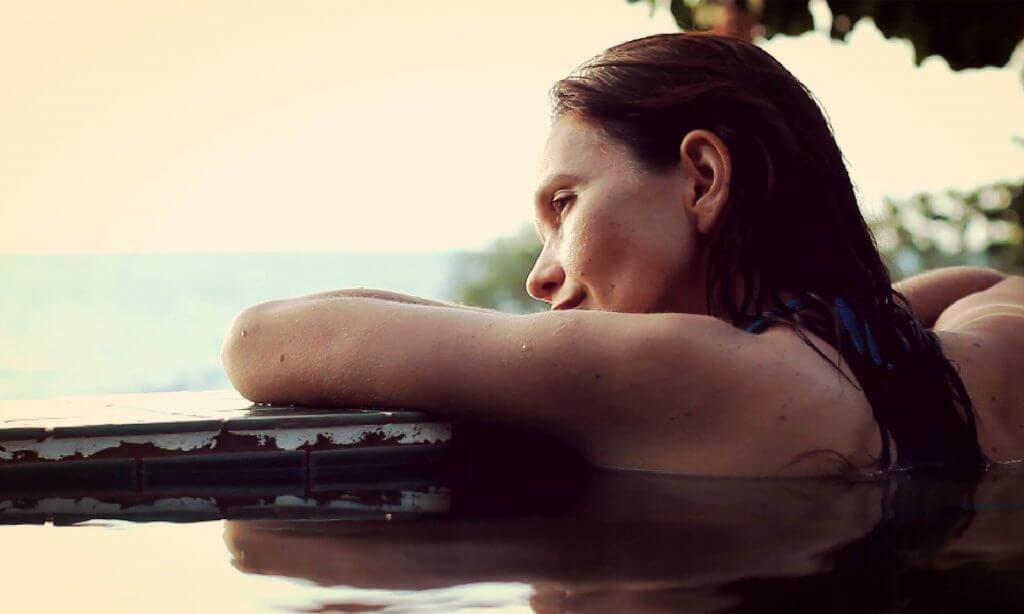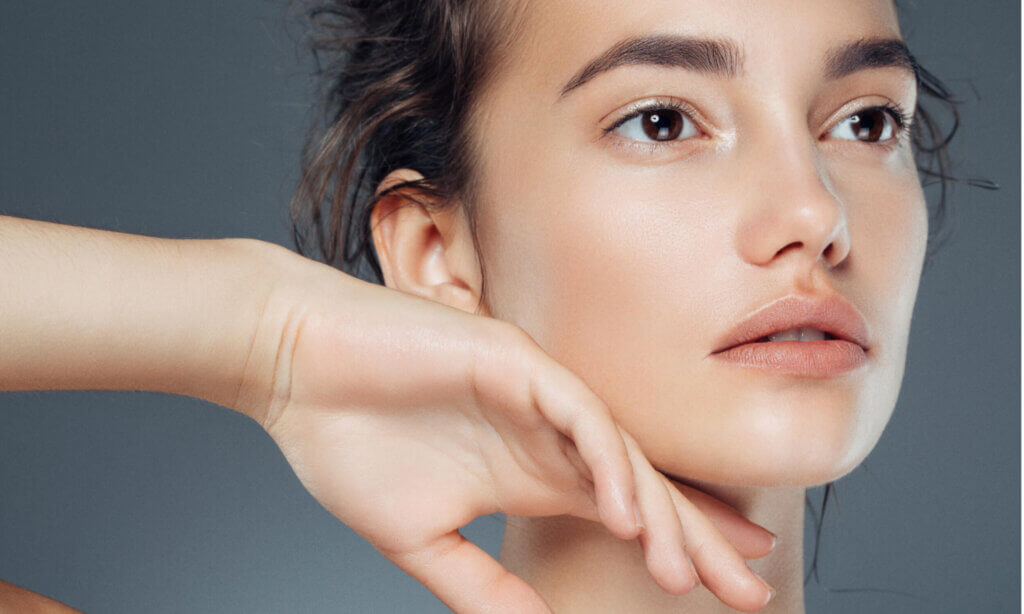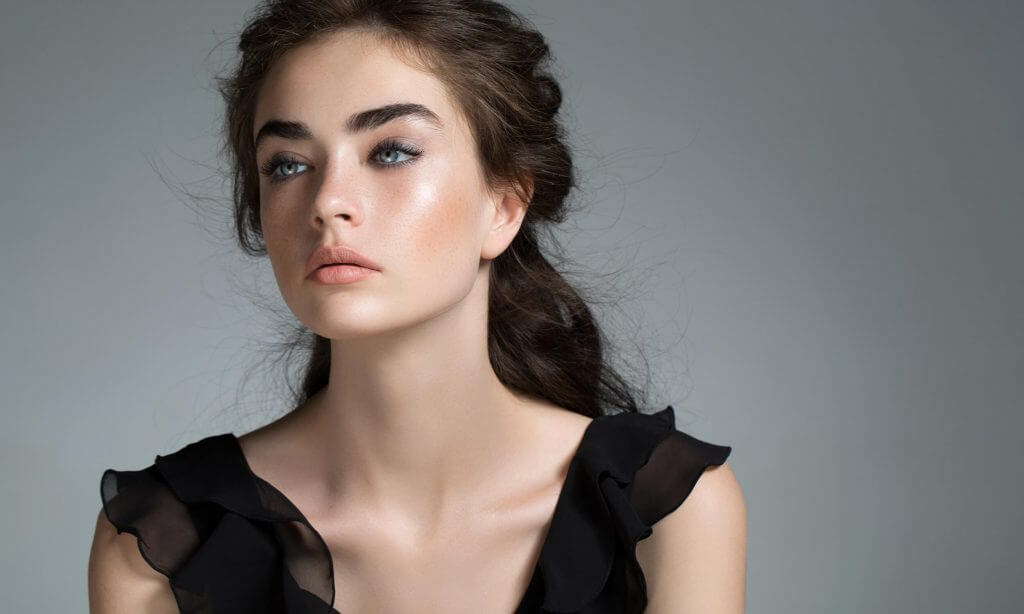25th February 2019
The different types of rhinoplasty available
There is no one-size-fits-all approach to a rhinoplasty, as each individual patient has different needs and desired results. As each individual nose and patient journey is different from the last, so is our surgical approach. There are three main types of rhinoplasty: the closed approach, open approach, and reduction.
The closed approach
The closed approach is used for patients that have fewer complex needs, so their procedure does not need to be as invasive or lengthy. Cuts are placed inside the nose where they cannot be seen for optimum cosmetic results, and through a combination of looking and feeling we can make appropriate changes to bone and cartilage. This all takes place under the skin of the nose, so there is less trauma and less chance of scarring.
The open approach
Open approach surgery is more beneficial to patients who have more complex needs and therefore require more complex augmentation. This allows us a greater view of the internal structures of the nose and allows for more precise surgery. The same undetectable cuts are placed inside the nostrils as with the closed approach, and a small incision is made across the skin between the nostrils for better access to the nose structures. This type of rhinoplasty is mostly used in cases of severe damage or when the treatment area is located high in the nasal cavity, and we try our upmost to minimise the chances of scarring.
Reduction rhinoplasty
A typical guide for the reduction rhinoplasty is to make the patient’s nose smaller, often addressing bumps and ridges. After we have removed these bumps, the bridge of the nose is flat, wide, and open so that we may inspect for any further irregularities and remove these as we see fit. The bones in the nose are then broken and brought closer together to close over the gap where the bump or ridge was removed. The nasal tip is addressed, making it slightly smaller so as to keep symmetry with the rest of your nose, and we close off and dress any cuts for the healing process.
Popular cosmetic rhinoplasty improvements:
- Straightening a crooked nose: If the nose is slightly crooked or shifted to one side, we can straighten it by reducing some of the bone or cartilage. We may apply a splint to hold the nose in place while it heals to ensure it does not deviate from its improved position.
- Tip rotation and reduction: When adjusting the tip of the nose by reshaping cartilage, we remove small strips of it from their edges to render it less bulbous and asymmetrical.
- Adjusting projection: This is in relation to how far out the tip protrudes from the face as seen from the profile, or side, view. Projecting too fat can dominate the face, and under-projected noses can appear shallow. Adjusting the projection helps to improve the overall balance and symmetry of the face.
- Correcting the radix: The radix is the upper bony portion of the nose. The underlying cartilage here may be large, causing an unwanted bump or ridge, or shallow, creating a depression and appearing to create a bump further down the nose. Depending on your needs, this can be augmented accordingly.
If you are curious about a cosmetic rhinoplasty in Guildford and Harley Street and would like to find out more, speak to a member of our team at The Nose Clinic today on 020 7118 3553.






